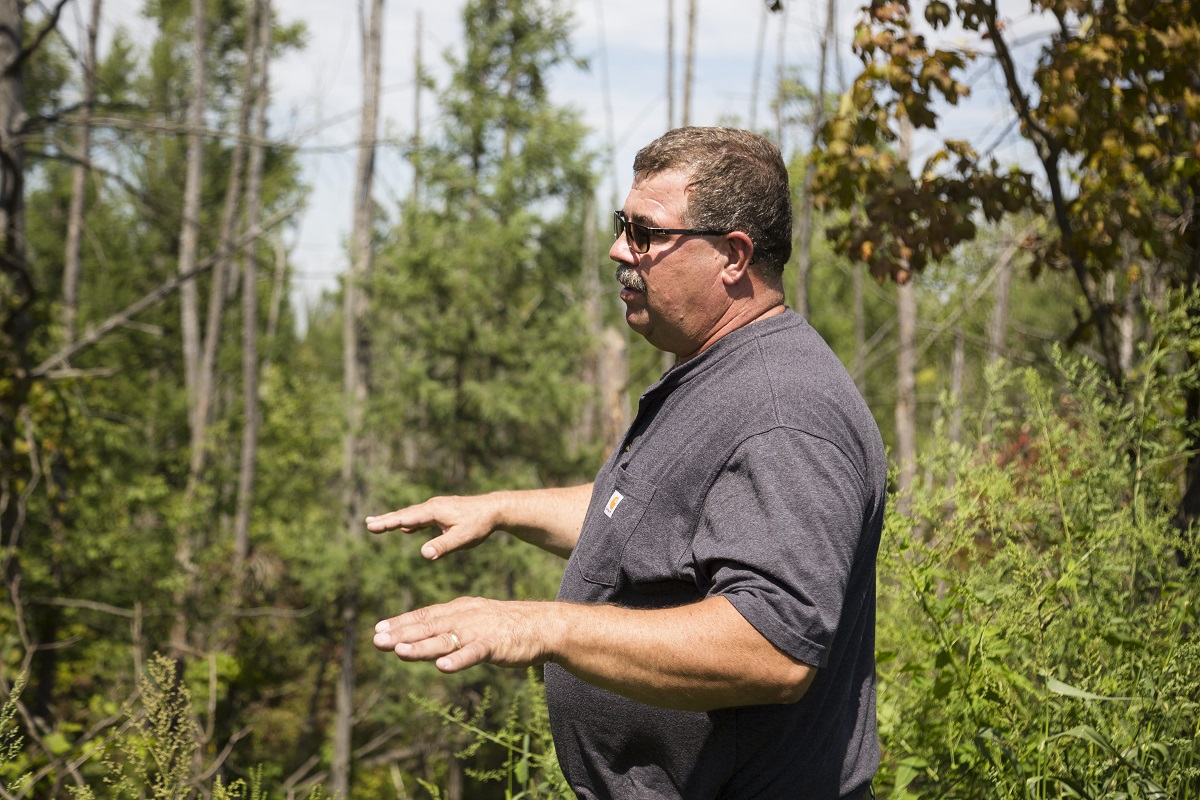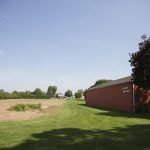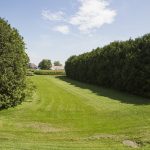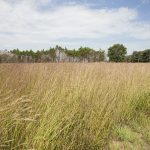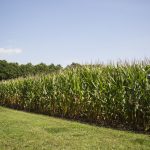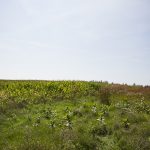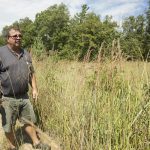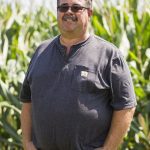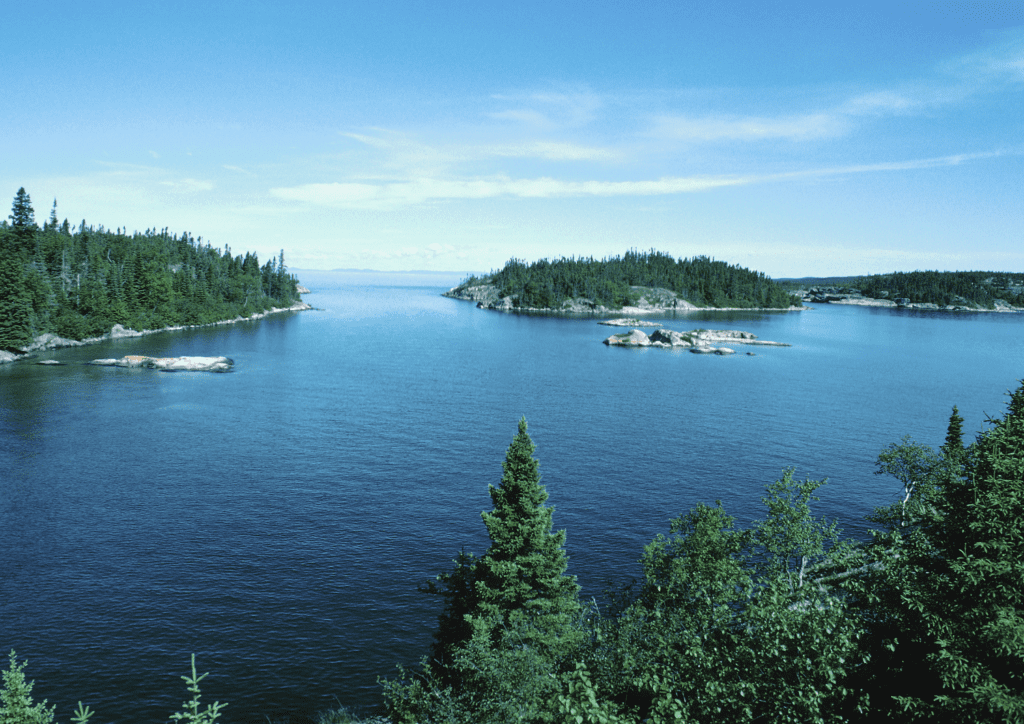Joe Csoff and his family have been farming in the Lake Erie basin since the 80s. During that time he’s seen farming practices and the approach to environmental conservation go through a whole lot of changes.
A small stream running right past his farmhouse explains why Joe first became concerned about water quality. The stream used to be the drinking water source for the town of Delhi, Ont., a little way south east of his farm, making him very aware of exactly where anything that left his farm was going. Although the town now uses groundwater wells, he still feels the same sense of responsibility for its welfare.
But, it’s not just environmentalism that drives Joe’s action. The region is known for its light sandy soil,. which is nutrient rich and will grow anything. But its softness makes it very prone to erosion. “This land is very valuable,” Joe explains “it’s an expensive area and getting more expensive all the time. I can’t afford to have it wash away every time it rains.”
With the ‘100 year storm’ becoming more and more of a misnomer, the need to act became more urgent. Joe showed us an area at the edge of one of his fields which drops off steeply into a gully which the stream runs through. “We had a 100 year storm here a few years ago and this whole area got washed away. We rebuilt about 15 feet of it, and the next year another storm came and washed it away again.” After that, Joe got involved with the ALUS program which supports environmental stewardship in agriculture. Through the program he started introducing wide buffer zones of grass, prairie, and even trees around all of his fields – in some places as wide as 40 – 50 feet. These natural barriers grow deep root systems that catch the soil before it washes away. “It works,” he explained, simply.
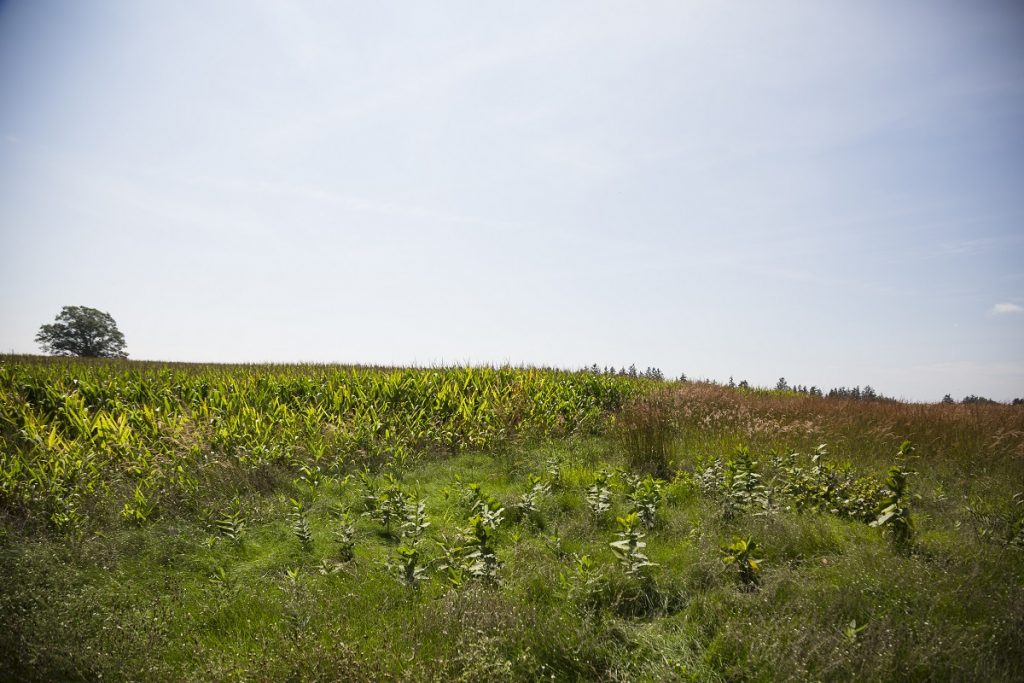

The buffers do more than just catch the soil; they also filter out excess nutrients that would otherwise wash away into streams and, eventually, the Great Lakes. This problem, known as nutrient runoff pollution, is one of the main causes of excess algae growth in Lake Erie. Toxic algae kills fish, damages tourism, and can even affect drinking water for lakeside communities.
Joe’s work with ALUS doesn’t end there. More than just taking advantage of their programs which support farmers to convert land into conservation space, he became a committee member, spending time speaking to other farmers to convince them to get involved, and even supplying the seed to get them started.


“There’s a lack of knowledge out there, both of the need to act and of the options. But when I go in and say how we can help and what we can achieve, most people are interested.”
For Joe, reducing runoff pollution using buffers and other natural barriers just makes sense, for him and for the communities who live on the land and water around. And the more it works, the more of an advocate he becomes.
Runoff pollution – when nutrients like fertilizers that are added to agricultural land is washed away into streams and lakes – is a key cause of toxic algae blooms like we see in Lake Erie every year. By taking action to reduce their runoff pollution, farmers like Joe Csoff, and Stephen and Katie Hotchkiss, are supporting the health of Lake Erie and the communities that rely on it. Read our interview with Stephen and Katie here to learn more about what they’re doing to help.
To learn more about what we’re doing to protect the Great Lakes, and how you can help, sign up to our newsletter using this form:


